Introduction: The Spice That Packs a Punch
If you've ever taken a bite of a spicy mustard slathered on a sandwich or added a sprinkle of mustard seeds to your pickling brine, you know the power of this tiny seed. But where exactly does this punchy powerhouse come from? In this blog post, we’ll explore the fascinating journey of mustard seeds—from their ancient origins to their global spread and modern culinary applications, with unique insights you won't find in standard spice guides.
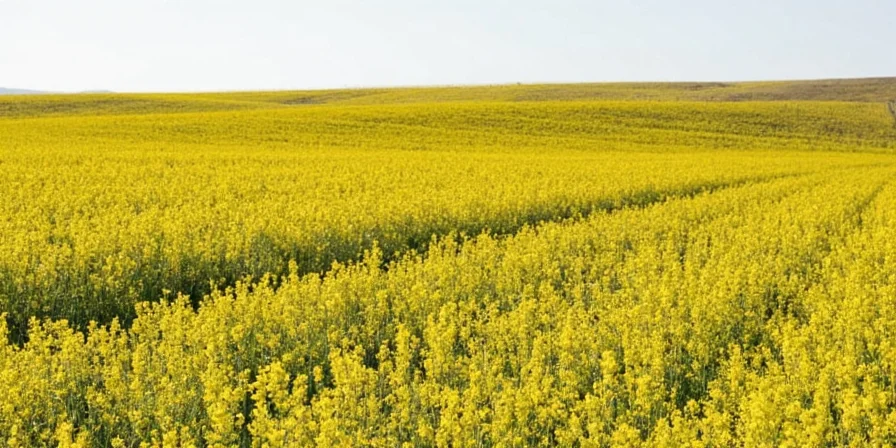
What Exactly Are Mustard Seeds?
Before diving into where mustard seeds come from, let’s clarify: mustard seeds are small, round seeds harvested from various mustard plants. There are three primary types with distinct culinary personalities:
- Yellow (White) Mustard Seeds: Mild flavor profile, the backbone of American-style mustards.
- Brown Mustard Seeds: Noticeably spicier and more complex, essential in European and Middle Eastern cooking.
- Black Mustard Seeds: The most pungent variety, fundamental in Indian tempering techniques.
Where Do Mustard Seeds Come From? A Global Origin Story
The origin story of mustard seeds predates written records, revealing surprising cross-continental connections. Here's a breakdown of their ancient roots:
| Type of Mustard Seed | Region of Origin | Historical Use |
|---|---|---|
| Yellow/White Mustard (Sinapis alba) | Mediterranean region | Ancient Roman condiments, medicinal oils in Egypt |
| Brown Mustard (Brassica juncea) | South Asia (India/Pakistan) | Indian curries, foundational in Chinese herbal medicine |
| Black Mustard (Brassica nigra) | Mediterranean & Middle East | Biblical references, cornerstone of early European mustard production |
Mustard in the Ancient World: Beyond Basic Condiments
Mustard served multifaceted roles across civilizations:
- Egyptians valued mustard seeds for medicinal oils and as preservatives in food preparation.
- Greeks and Romans created early mustard pastes by combining ground seeds with wine vinegar—a technique remarkably similar to modern methods.
- India integrated black mustard seeds into both cuisine and cultural rituals, where they symbolize prosperity in wedding ceremonies and religious offerings.
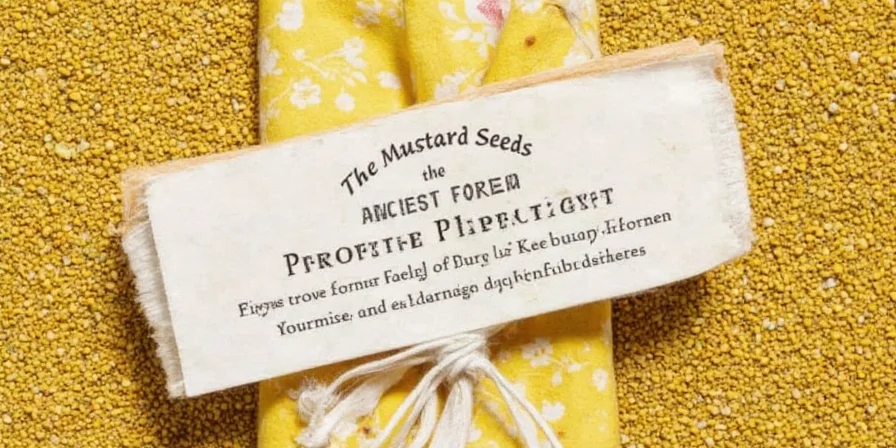
From Seed to Spice: Modern Harvesting and Processing Innovations
Today's mustard production blends tradition with technology. Here's the contemporary journey:
- Planting: Primarily sown in spring, thriving in cool climates with well-drained soil across diverse regions.
- Growing: Mustard plants mature rapidly—reaching harvest readiness in 80-90 days.
- Harvesting: Modern combines now handle most harvesting, though artisanal producers still use hand-threshing for premium seeds.
- Processing: Innovations like cold-milling preserve volatile compounds, enhancing flavor retention in finished products.
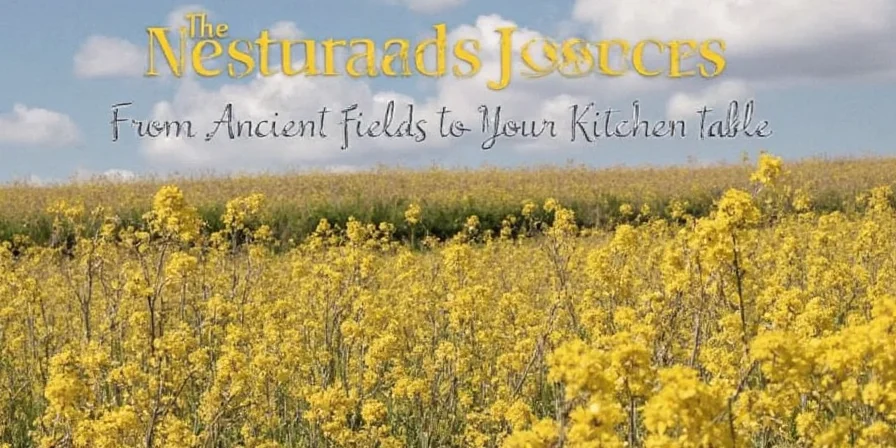
Global Mustard Production: Economic and Culinary Shifts
Production patterns reveal fascinating economic trends and culinary preferences:
| Country | Annual Mustard Seed Production (metric tons) | Main Type Grown |
|---|---|---|
| Canada | ~1,000,000 | Yellow Mustard |
| India | ~800,000 | Black and Brown Mustard |
| China | ~400,000 | Brown Mustard |
| Nepal | ~150,000 | Black Mustard |
| Myanmar | ~120,000 | Brown Mustard |
Advanced Mustard Seed Techniques: Elevating Everyday Cooking
Move beyond basic usage with these professional-level techniques designed for home cooks seeking authentic flavors:
- Temperature-Controlled Toasting: Heat mustard seeds at 325°F (163°C) for 90 seconds to unlock optimal nuttiness without burning.
- Layered Tempering Method: Add seeds to cold oil, then gradually heat—this prevents bitterness while maximizing aromatic compounds.
- Vinegar Selection Science: Match vinegar acidity to seed type: apple cider vinegar for yellow seeds, rice vinegar for brown, and malt vinegar for black.
- Moisture-Controlled Storage: Store seeds with silica gel packets in airtight containers to prevent flavor degradation from humidity.
- Time-Sensitive Grinding: Grind seeds immediately before use—volatile compounds dissipate within 20 minutes of milling.
- Cross-Cultural Pairing Principles: Combine mustard seeds with coconut milk in Southeast Asian dishes or honey in Middle Eastern marinades for balanced complexity.
- Heat Modulation Strategy: Soak black mustard seeds in yogurt for 10 minutes to reduce pungency while retaining depth in delicate dishes.
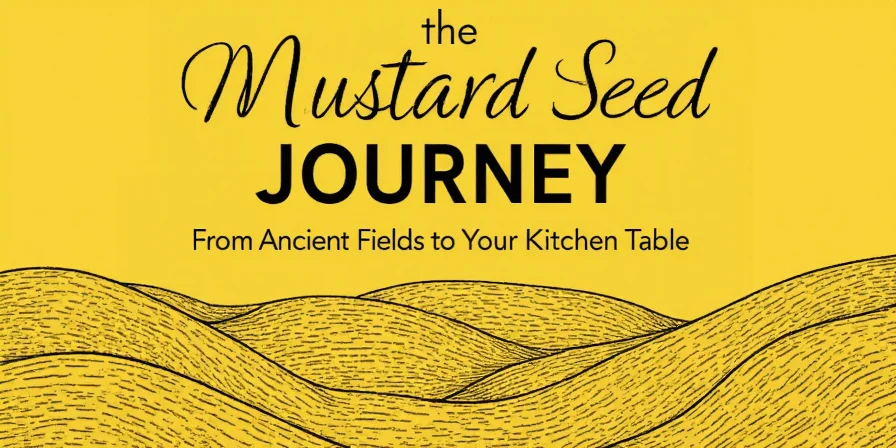
Cultural Traditions and Mustard's Evolving Role
Mustard seeds function as culinary time capsules, preserving traditions while adapting to modern kitchens:
- India: Black mustard seeds in hot oil form the 'tadka' base for dals—now scientifically proven to release allyl isothiocyanate, the compound responsible for mustard's signature heat.
- France: Dijon mustard's sharpness comes from unripe brown seeds and verjuice, creating emulsions ideal for modern vegan sauces.
- United States: Yellow mustard's dominance reflects industrial food history—its vibrant color originally came from turmeric, added during WWII spice shortages.
- China: Sichuan mustard paste combines seeds with fermented beans, creating umami depth that enhances plant-based dishes.
- Ethiopia: In berbere spice blends, mustard seeds contribute warmth that complements slow-cooked stews, reflecting ancient trade routes.
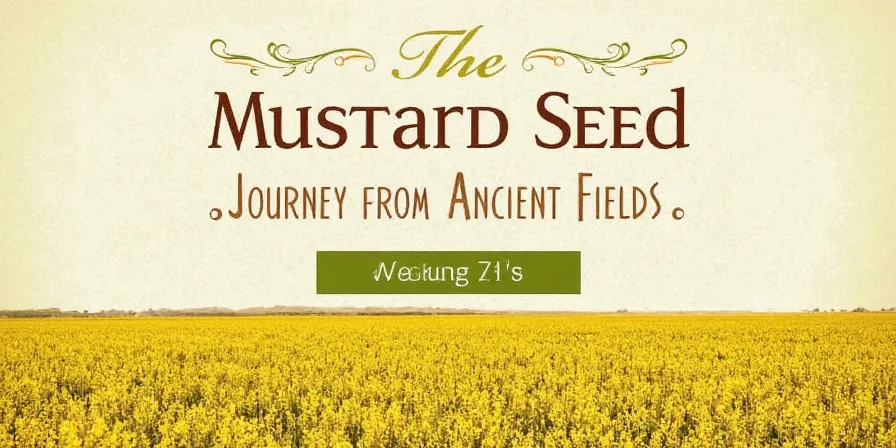
Mustard Seed FAQ
Can mustard seeds improve food preservation naturally?
Yes—their natural glucosinolates create antimicrobial compounds when activated by moisture. This makes them ideal for extending the shelf life of pickled vegetables without artificial preservatives.
Do different mustard seed colors indicate varying nutritional profiles?
Black seeds contain 27% more selenium than yellow varieties. Brown seeds offer higher concentrations of omega-3 fatty acids, while yellow seeds lead in calcium content—choose based on your dietary needs.
What's the science behind mustard's heat release?
Mustard's pungency comes from myrosinase enzyme activation. When seeds contact liquid, this enzyme converts glucosinolates into pungent compounds. Heat deactivates myrosinase—explaining why cooked mustard is milder than raw.
How can I identify premium mustard seeds?
Look for uniform color, absence of dust (indicates freshness), and a strong aroma when crushed. Premium seeds should sink immediately in water—floating seeds indicate air pockets from improper drying.
Conclusion: The Enduring Power of a Tiny Seed
Mustard seeds represent one of humanity's oldest culinary partnerships—transforming from ancient medicinal remedies to modern flavor catalysts. Their journey reveals how a single seed bridges agricultural history, biochemical science, and global cultural exchange. By understanding mustard's nuances—from precise temperature control in tempering to regional production variations—you gain not just cooking skills, but a deeper appreciation for how food traditions evolve. This knowledge empowers home cooks to harness mustard's full potential, creating dishes with authentic depth that honor centuries of culinary wisdom while embracing contemporary techniques.
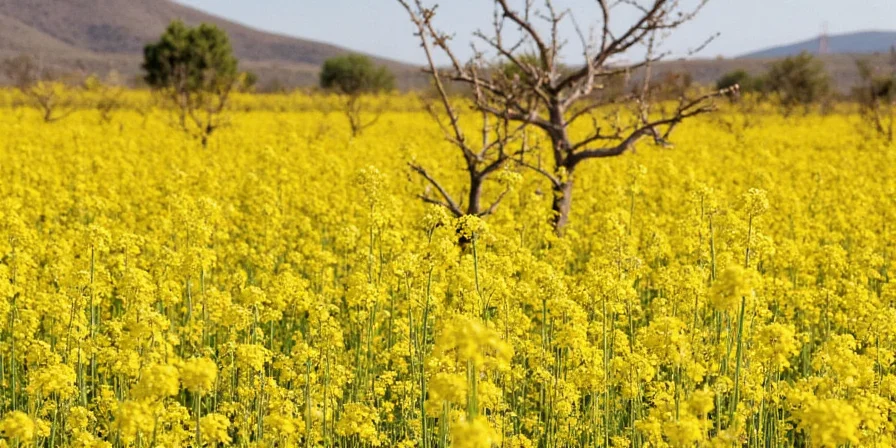

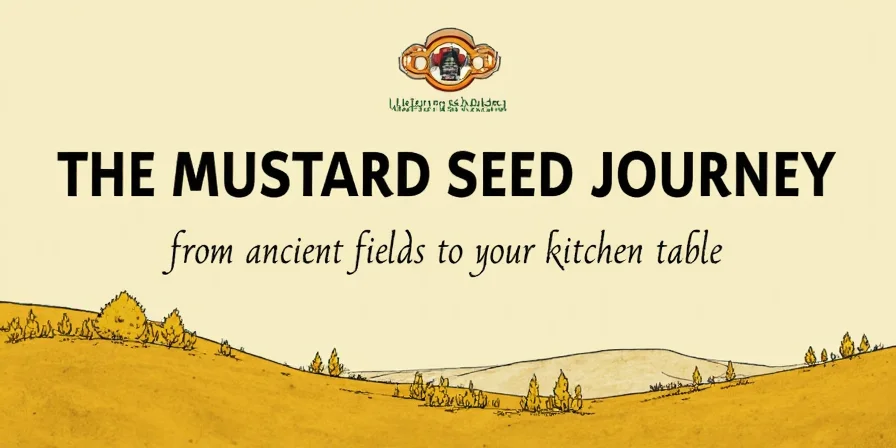









 浙公网安备
33010002000092号
浙公网安备
33010002000092号 浙B2-20120091-4
浙B2-20120091-4